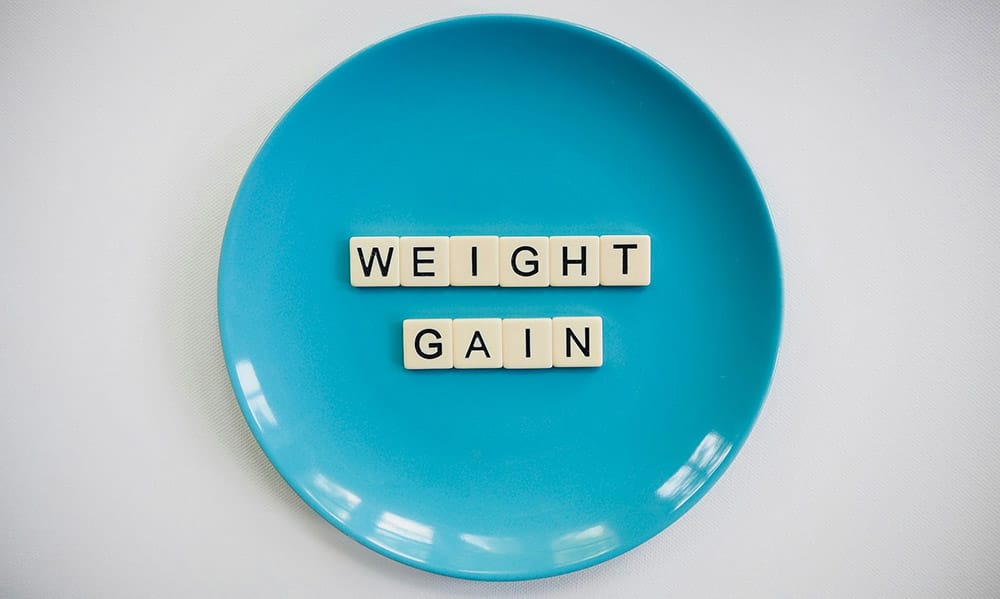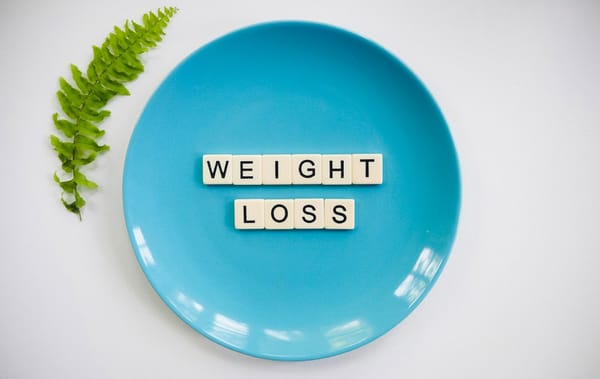TDEE for Weight Gain: How Many Calories Do You Really Need?

To gain weight, especially muscle, a person must know precisely how many calories they need and equivalently detest others. Understanding Total Daily Energy Expenditure (TDEE) can give you an insight into the number of calories your body requires on a daily basis to gain weight in a healthy way.
In this article, we will discuss how you can use your TDEE for gaining weight, what your caloric surplus needs to be, and offer little nuggets of wisdom for ensuring the process is as smooth as possible.
What Is TDEE, and Why Is It Important in Weight Gain?
It is the total number of calories your body burns in a day. This includes the basal metabolic rate (BMR) functions, physical activities, and thermal effect of food (TEF). Thus, once you know your TDEE, you can then adjust your calories according to either a deficit to lose weight or a surplus to gain weight.
To gain weight in muscles, one needs to consume more calories than the body burns. In other words, there is a need for a caloric surplus. This gives muscle growth the energy brought from a steady weight gain, which comes by calculating TDEE and adjusting intake accordingly.
Calculating Your TDEE to Gain Weight
Calculating TDEE to commence the process of gaining weight is straightforward and only requires two basic steps:
Calculating BMR:
Basal Metabolic Rate is simply the total energy required to maintain basic bodily functions, such as breathing and digestion. The following formula will help to work out BMR: Mifflin-St Jeor:
- For Women: BMR = 10 × weight (kg) + 6.25 × height (cm) - 5 × age (y) - 161
- For Men: BMR = 10 × weight (kg) + 6.25 × height (cm) - 5 × age (y) + 5
Multiply BMR by an Activity Factor:
You multiply the BMR by an activity factor based on the level of physical activity. Being more active raises this coefficient factor.
- Sedentary: little or no exercise: BMR × 1.2
- Lightly active (light exercise/sports 1-3 days/week): BMR × 1.375
- Moderately active (moderate exercise/sports 3-5 days/week): BMR × 1.55
- Very active (intense exercise/sports 6-7 days a week): BMR × 1.725
- Super active (very intense exercise or physical job): BMR × 1.9
Then, simply multiply your BMR by the appropriate activity factor, and voila! You've got your TDEE, the total number of calories you burn in a day.
You can also use our TDEE Calculator.
How to Create a Caloric Surplus for Weight Gain
After determining the TDEE, the next step is to find a caloric surplus in order to gain weight. A caloric surplus simply means consuming more calories than what the body is capable of burning in one day. It is advisable to have a healthy and consistent caloric surplus of about 300-500 calories to eventually pack on weight without excessive fat gains in the process of gradual muscle growth.
To better understand your daily calorie needs, you might find it helpful to explore How Many Calories Should I Eat In A Day?
For instance, if your TDEE was 2500 calories, to support weight gain, you would want to shift your consumption to 2800-3000 calories per day. However, there's a caveat, too big of a surplus and an extra bucket of unwanted body fat will appear rather than lean muscle.
How Much Weight Gain Should You Expect?
Be patient and realistic. A healthy and sustainable weight gain is about 0.5-1 pounds weekly. If weight gain is too fast, it really means excess fat gain, which is not what it's all about if muscle building is the point. Steadily slow progress will enable the body to build muscle effectively and not compromise overall health.
A slow-shifting weight gain emphasizes the importance of its quality just as much as it does its quantity; it must be lean mass muscle and not a bunch of fat. This requires proper nutrition, strength training, and adequate recovery.
The Importance of Macronutrient Ratios for Weight Gain
While it is undoubtedly essential to create a caloric surplus for weight gain, it's equally critical to consider the source from which these calories come. The right balance of protein, carbohydrates, and fat in the macronutrient profile is essential for effective muscle growth while managing fat gain and fueling hard workouts.
- Protein: For muscle repair and growth, the range is from about 1.2 to 2.2 grams in protein per kilogram of body weight. Some sources of protein are lean meats, fish, eggs, dairy, legumes, and plant-based proteins.
- Carbohydrates: Carbs are the primary energy source for the body. Enough carbs are critical for fueling your workouts, 3 to 6 grams of carbs per kilogram of body weight. It's best to take complex carbs like whole grains, oats, fruits, and vegetables for stabling energy.
- Fats: Healthy fats are key in hormonal support and overall wellness. The range is 0.8 to 1 gram of fat for every kilogram of body weight. Sources for healthy fats include avocado, nuts, seeds, olive oil, and fatty fish.
Strength Training and Muscle Building
Working out is required to gain lean muscle mass. Eating in a caloric surplus dictates that the body employs the extra energy to build muscle. This is why it is essential to incorporate strength training exercises into your program. Focus on compound movements, such as squats, deadlifts, bench presses, and pull-ups; these move the most muscle mass and are the best stimulus for growth.
Together with a strong diet, systematic strength training will maximize muscle gain. Just remember to challenge your muscles for growth by subsequently increasing the intensity of your workouts.
Tracking Your Progress
It is important to track the progress of a process so that it is apparent that the weight gain is becoming truly healthy. It is the regular monitoring of ballpark values for the intake of calories, physical activities, and weight itself. If too much fat is piling on, reduce your caloric surplus somewhat; if not enough weight is gained, then you might have to tweak that caloric surplus again slightly.
In addition, just as important as the number on the scale is body composition. This can be successfully assessed through measurement recording or body fat percentage evaluation, thereby ensuring lean gains without fat.
Conclusion
Using TDEE to approach weight gaining seems to be a progressively achieving process in terms of consuming the right amount of calories for muscle building. But by calculating TDEE, together with a somewhat larger caloric surplus and controlled macro balance, it is possible to manage lean gains in muscle with minimal fat. To gain weight slowly requires patience, adherence, and the right nutrition.
The correct formula ensures that slowly but surely the targeted weight gain and muscle-building objectives are achieved.



